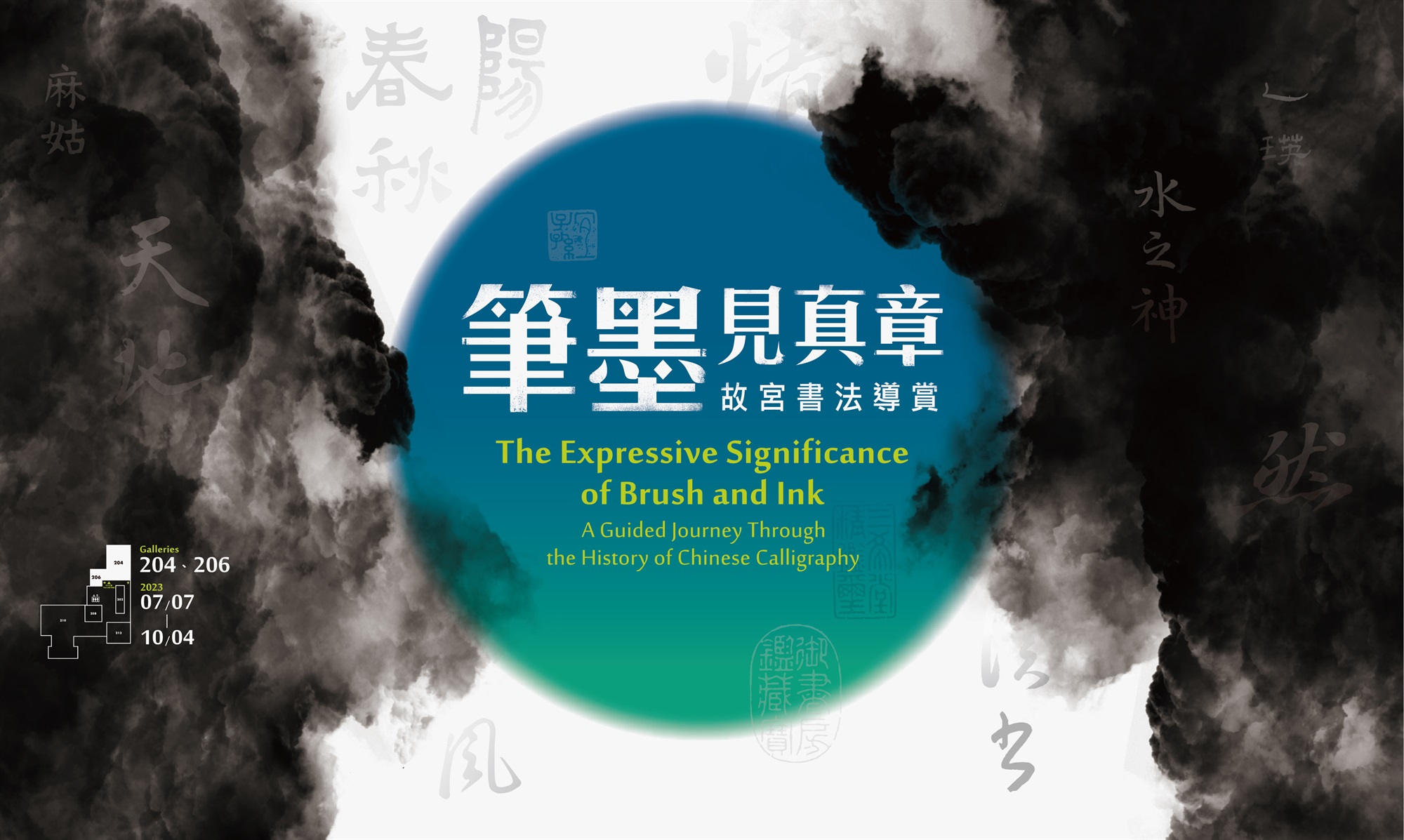Selections
-
Yan Zhenqing’s “Record of the Magu Immortal’s Altar” Tang dynasty (618-907) rubbing
“Record of the Magu Immortal’s Altar” is one of the finest surviving examples of regular script by Yan Zhenqing (709-785), in which he briefly records the story behind the legend of the immortal Magu achieving the Way. Generally, when confronted by large- and small-character versions of Yan Zhenqing’s calligraphy, people tend to accept the larger ones without question. As for small-character versions, there tend to be widely varying opinions. In the Song dynasty, it was thought that the name taboo for Emperor Taizong of the Tang was not observed in small-character examples of Yan’s calligraphy, making them suspect as coming from his hand. Examples as testimony from this work include the characters for “minjian 民間” in line seven from the right and “shisuo wuyou 世所無有” in line fifteen. Since the forms in small-character calligraphy are looser, the brushwork reveals the heavy and solid centered strokes of Yan Zhenqing’s style, which critics through the ages have held in high regard.
-
Poetry Written on Imperial Command, Shen Can (1379-1453), Ming dynasty
Shen Can, like his brother Shen Du (elder to him by 22 years), excelled at calligraphy and served the court. Shen Can was good at cursive script, studying that of Song Sui (?-1380) and Song Ke (1327-1387) of the early Ming and combining it with Zhong You’s (151-230), Shen’s brushwork being rounded and mature for an untrammeled manner.
The contents of this work were done for a friend, describing the palace gardens and praising the beauty of the imperial park in five poems of seven-character verse. Shen Can made an effort to use the three script types of semi-regular, draft cursive, and contemporary cursive . Here, the semi-regular script is orderly, the draft-cursive simple and archaic, and the brush methods of the contemporary cursive unbridled.
-
Homecoming Ode, Attributed to Su Shi (1037-1101), Song dynasty
The character forms throughout this handscroll lean precipitously, their structure dense with fleshiness and a strong frame, thereby exhibiting everywhere the features of Su Shi’s calligraphy. Although this is a later copy, it faithfully preserves the features and qualities of Su Shi’s style, making it a masterpiece among later copies.
Su Shi, sobriquet Dongpo jushi, combined the virtues of such calligraphers as the Two Wangs (Wang Xizhi and Wang Xianzhi), Yan Zhenqing (709-785), Li Yong (674-746), and Yang Ningshi (873-954). His style of calligraphy fully reveals an aura of natural and untrammeled ease along with that of an unbridled bravura.
-
Letter, Mi Fu (1052-1108), Song dynasty
Mi Fu was a famous painter-calligrapher and connoisseur of the Northern Song period known as “Southern Palace (Nangong) Mi.” He was fastidious about cleanliness and also had a large collection of decorative rocks. Due to his unbridled unconventional character, he was called “Madman Mi.”
In running and cursive script, Mi Fu learned from the virtues of the ancient masters, his brushwork majestic and unrestrained, being once critiqued as similar to “sails in the wind and horses at the front lines, steady yet decisive.” This is a brief letter written by Mi, the two lines on the left written in so-called “wild cursive.” The brush flows at ease, the ink moist and the characters steady and mature, exhibiting the outstanding and extraordinary manner of his calligraphy.
-
Letter, Cai Xiang (1012-1067), Song dynasty
Cai Xiang excelled at calligraphy and was one of the Four Song Masters, being the eldest among them. His letters written in running and regular script are classical and beautiful.
This letter is dated to the “guimao” year, which would have been when Cai Xiang was 52 years old. At that time he was living in the capital Bianjing (Kaifeng) and serving in the Hanlin Academy, making this a late work of his. The brush movement is similar to running script, and the character forms are closer to regular script, being done in a leisurely manner that is upright but not lacking in finesse. The ranking of Cai Xiang’s calligraphy has been exceptionally high over the ages, his style of thin and thick strokes similar to that of Yan Zhenqing (709-785). Not as rigorous or dignified, though, his style has a more natural ease that can be traced back to the Jin dynasty masters. Cai Xiang’s semi-cursive script has the beauty of Wang Xizhi’s (307-365) calligraphy.
-
Letter, Cai Jing (1047-1126), Song dynasty
Cai Jing was gifted at calligraphy, especially running script. His style is poised yet powerful, the character forms full and open in a manner of his own.
The brushwork in this letter is fluid and natural, being written with quickness and steadiness, the lines concentrated and strong. The variations in the heaviness and speed of the brushwork are reflected in the differences in character structure, the overall arrangement quite unique in Cai’s own personal manner. Close examination of the strokes also reveals a kind of extravagant air to the poise in writing that is slightly lacking in stability and weightiness. Combined with an overabundance of brush tip exposure in its application and lifting, a touch of exaggeration and flaunt appears here.
-
Handscroll of Poems, Zhu Yunming (1460-1526), Ming dynasty
Zhu Yunming excelled at regular, running, and cursive script types. He was praised as “studying all, mastering all.” In later years, however, his “wild cursive” attracted the most attention.
This handscroll features ten works, of which eight were for Shen Yuwen and done between 1506 and 1507. Shen Yuwen (style name Bianzhi) was an important book collector. The paper quality for each section here differs, and the calligraphy was done freely, incorporating the styles of such masters as Su Shi, Mi Fu, Huang Tingjian, and Zhao Mengfu, thus demonstrating Zhu Yunming’s wide range of study in terms of ancient calligraphers as each work reveals a different manner.


